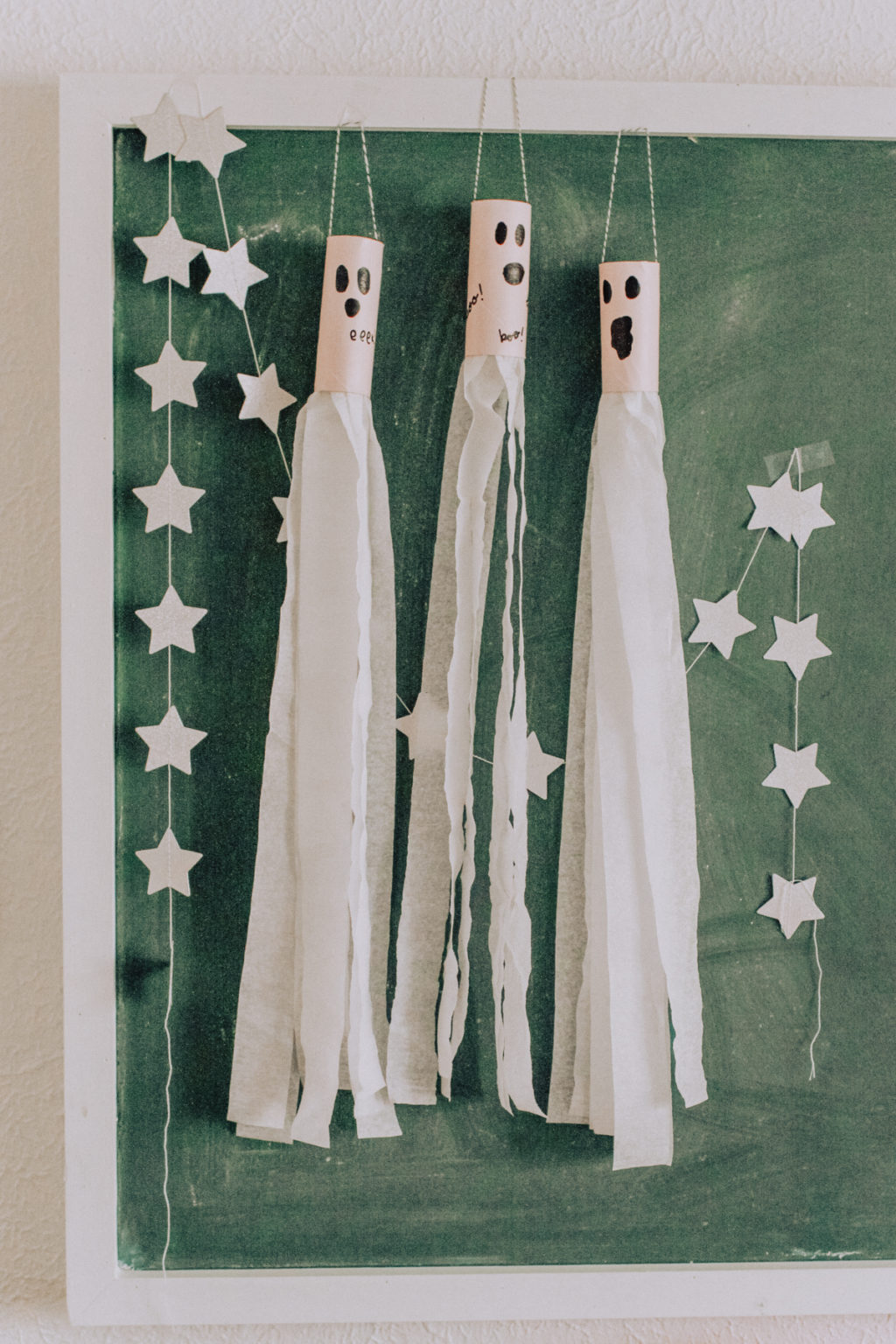Picture this: you’re in the bathroom, and suddenly you realize there’s no toilet paper. Panic sets in.
What now? This situation can happen to anyone, and it’s not as rare as you might think. You’re not alone in this! Running out of toilet paper might seem like a minor inconvenience, but it can quickly become a major stressor.
Don’t worry; there are creative, effective solutions that you might not have considered yet. Ready to explore these clever alternatives and prevent future emergencies? Stick around to learn how to handle this situation like a pro and ensure you’re never caught off guard again.

Credit: raeannkelly.com
Table of Contents
Alternatives To Toilet Paper
Many items at home can replace toilet paper. Paper towels are a popular choice. They are soft and absorbent. Napkins also work well. They are gentle on the skin. Tissues are another option. They are soft and easy to find. Make sure to dispose of them properly. Do not flush them down the toilet.
Nature provides many alternatives. Leaves are a great choice. They are soft and biodegradable. Smooth stones can be used too. They are easy to clean. Water is a common method in many cultures. It is hygienic and effective. Just use a small cup or bottle.
Old towels make excellent substitutes. They are soft and washable. Cut-up T-shirts are also handy. They are easy to clean and reuse. Washcloths are another option. Use them, wash them, and use them again. Keep a separate bin for used cloths. This ensures easy cleaning.

Credit: www.reddit.com
Diy Toilet Paper Solutions
Old newspapers can be very useful. Tear them into small strips. Crumple and soften them for comfort. Try using old magazines too. Be sure to remove any staples. Soft fabrics like old t-shirts work well. Cut them into squares for use. Always wash fabrics after using them.
A simple water bottle can help. Fill it with warm water. Squeeze gently to clean. This works like a basic bidet. Try using a hand-held sprayer. Attach it to your shower. It is easy and effective. Remember to dry off with a towel. Keep the area clean and dry always.
Hygiene And Safety Tips
Finding safe ways to dispose of used materials is important. Use plastic bags to collect waste. Make sure the bags are tightly sealed. This keeps germs from spreading. Throw the bags in a designated trash bin. Avoid flushing anything other than toilet paper. This can block the pipes and cause problems. Keeping the area clean helps everyone stay safe.
Use a mild soap and water to clean your hands. Scrub for 20 seconds to remove germs. If soap is unavailable, use hand sanitizer. Make sure it has at least 60% alcohol. Clean surfaces with disinfecting wipes. Wipe handles, switches, and doorknobs. Regular cleaning keeps germs away. Always maintain clean surroundings. It helps reduce the risk of getting sick.
Preparing For Future Shortages
Keep extra toilet paper at home. Buy a few packs each week. Soon, you will have plenty. Store them in a dry place. Make sure they stay clean.
You can also stockpile other items. Paper towels can help in emergencies. Tissues are useful too. Wet wipes are great for cleaning. Store these items safely.
Use cloth wipes instead of paper. Wash and reuse them. They are eco-friendly. Also, try using bidets. They use water to clean. Bidets reduce paper waste.
Make your own paper. Use old newspapers or magazines. Shred them into small pieces. Soak in water until soft. Then dry them flat. This is a fun craft.
Cultural Practices And Alternatives
Many cultures use different methods for cleanliness. In India, people often use water instead of paper. A small bucket, called a “lota,” is common. It’s filled with water for washing. Some countries prefer bidets. These are found in many European homes. Bidets spray water for cleaning.
Learning from these practices can be helpful. Using water is seen as more sanitary by many. It also reduces paper waste. In some cultures, leaves or stones are used. These are natural and easily available. Banana leaves are popular in some regions. Stones are smooth and easy to find.
Exploring global methods can offer solutions. These methods are often eco-friendly. They help preserve trees and nature. Trying new ways can be an adventure. It can also teach us about other cultures.

Credit: www.reddit.com
Frequently Asked Questions
What Are Alternatives To Toilet Paper?
If you run out of toilet paper, consider using tissues, napkins, or paper towels. Reusable cloths or old t-shirts can also work. Ensure used materials are disposed of properly or washed thoroughly. For a more eco-friendly option, you can use water with a bidet or a spray bottle.
How Can I Use A Bidet Effectively?
Using a bidet is simple and hygienic. Position yourself comfortably and adjust the water pressure to your liking. Clean the area thoroughly with water and dry using a clean towel or toilet paper. Bidets reduce paper waste and are considered more environmentally friendly.
Is Using Leaves Safe In Emergencies?
Using leaves in emergencies can be safe but choose wisely. Avoid leaves that cause irritation or are poisonous. Opt for large, soft leaves and use them gently. Always wash your hands afterward. It’s advisable to research local plants beforehand to ensure safety.
How Do I Make Diy Toilet Paper?
Create DIY toilet paper by cutting soft fabrics or paper into squares. Use old t-shirts or pillowcases for a reusable option. Ensure fabric squares are washed after each use. This method can be economical and reduce paper waste during shortages.
Conclusion
Running out of toilet paper can be stressful. But solutions are available. Consider reusable cloths, which are both economical and eco-friendly. Bidets offer a clean and refreshing alternative. Check for tissue paper or wet wipes as temporary options. Always remember to dispose of them properly.
Old newspapers or magazines can work in emergencies. Stay calm and think creatively. These alternatives can keep you covered. Explore options that suit your needs best. Being prepared ensures peace of mind. And helps avoid panic in future shortages. Practical solutions are always within reach.






